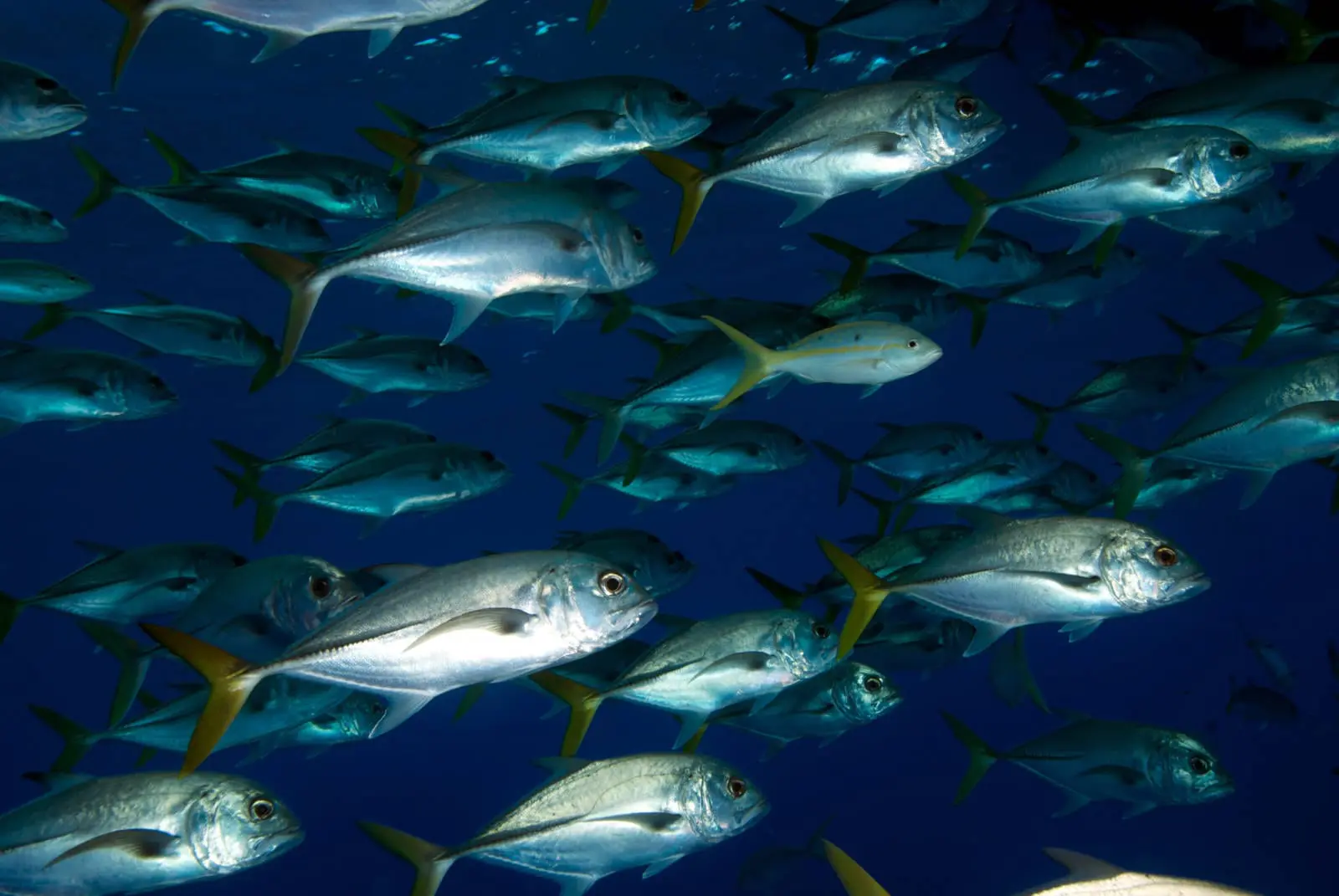As the global aquaculture industry continues to grow, the need for quality soy feed ingredients will also increase, expanding a vital market for U.S. soybean meal with its superior component value.
Aquaculture industry experts from around the world recently gathered in Dublin, Ireland, for the Global Outlook for Aquaculture Leadership (GOAL) conference to discuss trends shaping the future of responsible aquaculture production. Convened by the Global Aquaculture Alliance (GAA), the GOAL conference also presents exclusive aquaculture production data and analysis on major farmed seafood species around the world.
With a growing global population expected to reach 9.7 billion by 20501, the aquaculture industry had set a goal to “double in a decade” to meet the rising demand for seafood.
It hasn’t been an easy road towards that goal, as the industry has dealt with an economic downturn and devastating bouts of disease, especially with high-producing Chilean salmon farms. However, when looking at overall finfish production, the industry is close to attaining that goal.
According to data presented by Ragnar Tveteras of the University of Stavanger, Norway, freshwater finfish aquaculture has grown by 91.5 percent between 2007 and 2017. When excluding the largest finfish species of carp (production of carp has been stagnant at tens of millions of metric tons from China), freshwater fish production (tilapia and catfish) has grown by 152.8 percent in the last decade.
Other finfish groups trail that success. Diadromous fish species, including salmon, trout and barramundi, grew 47.4 percent and marine species have grown 36.5 percent.
Doubling production in a ten-year period requires an annual growth rate of 7.2 percent. In 2018, overall finfish production is projected to be at a 5.2 percent growth rate. This is still the fastest growing segment of protein production worldwide.
In 2017, global aquaculture finfish production is projected to be almost 44 million metric tons. As this number continues to grow, the need for quality soy feed ingredients will also increase, boosting the opportunity for U.S. soy.
1United Nations
Data courtesy of Ragnor Tveteras, University of Stavanger

